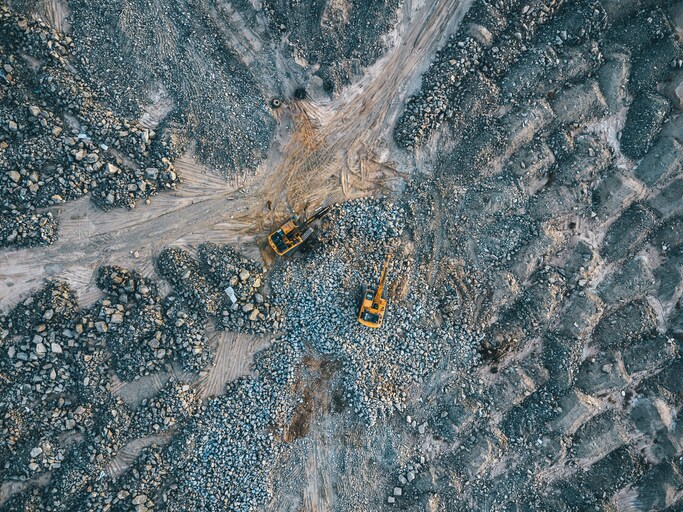Mining is an essential industry that fuels economic growth and provides valuable resources for various sectors. However, the environmental consequences of mining activities, including air pollution, have become a growing concern. In this blog post, we will delve into the intricate relationship between mining and air pollution, exploring its causes, impacts, and potential solutions.
- The Causes of Air Pollution in Mining:
Mining operations can contribute to air pollution through various mechanisms:
- Dust emissions: Excavation, drilling, and blasting activities generate dust particles that can be carried by wind, leading to respiratory issues and reduced air quality.
- Fossil fuel combustion: Many mining operations rely on fossil fuels for energy, releasing pollutants such as sulfur dioxide (SO2), nitrogen oxides (NOx), and particulate matter (PM) into the atmosphere.
- Chemical reactions: Certain mining processes, like smelting and refining, involve chemical reactions that produce hazardous gases, including sulfur dioxide, carbon monoxide, and volatile organic compounds (VOCs).
- The Impacts of Mining-Related Air Pollution:
Air pollution from mining can have far-reaching consequences:
- Human health risks: Exposure to mining-related air pollutants can lead to respiratory diseases, cardiovascular issues, and even cancer. Communities near mining sites are particularly vulnerable.
- Ecosystem degradation: Airborne pollutants can harm vegetation, disrupt ecosystems, and contribute to the acidification of soil and water bodies. This can have cascading effects on biodiversity and ecological balance.
- Climate change: Mining activities release greenhouse gases (GHGs) like carbon dioxide (CO2) and methane (CH4), contributing to global warming and climate change.
- Mitigating Air Pollution in Mining:
Efforts to reduce air pollution from mining are crucial for sustainable development:
- Advanced technologies: Implementing state-of-the-art dust control measures, such as wet drilling and dust suppression systems, can minimize dust emissions during mining operations.
- Renewable energy adoption: Transitioning from fossil fuel-based energy sources to renewable alternatives like solar and wind power can significantly reduce greenhouse gas emissions.
- Improved waste management: Proper handling and disposal of mining waste, including tailings and slag, can prevent the release of harmful gases and chemicals into the air.
- Regulatory frameworks: Governments and regulatory bodies play a vital role in enforcing stringent environmental standards and monitoring compliance within the mining industry.
Conclusion:
Mining activities undoubtedly contribute to air pollution, posing significant risks to human health, ecosystems, and the climate. However, with the adoption of advanced technologies, renewable energy integration, and robust regulatory frameworks, it is possible to mitigate the environmental impact of mining and pave the way for a more sustainable future. By prioritizing responsible mining practices and investing in cleaner alternatives, we can strike a balance between resource extraction and environmental preservation.

